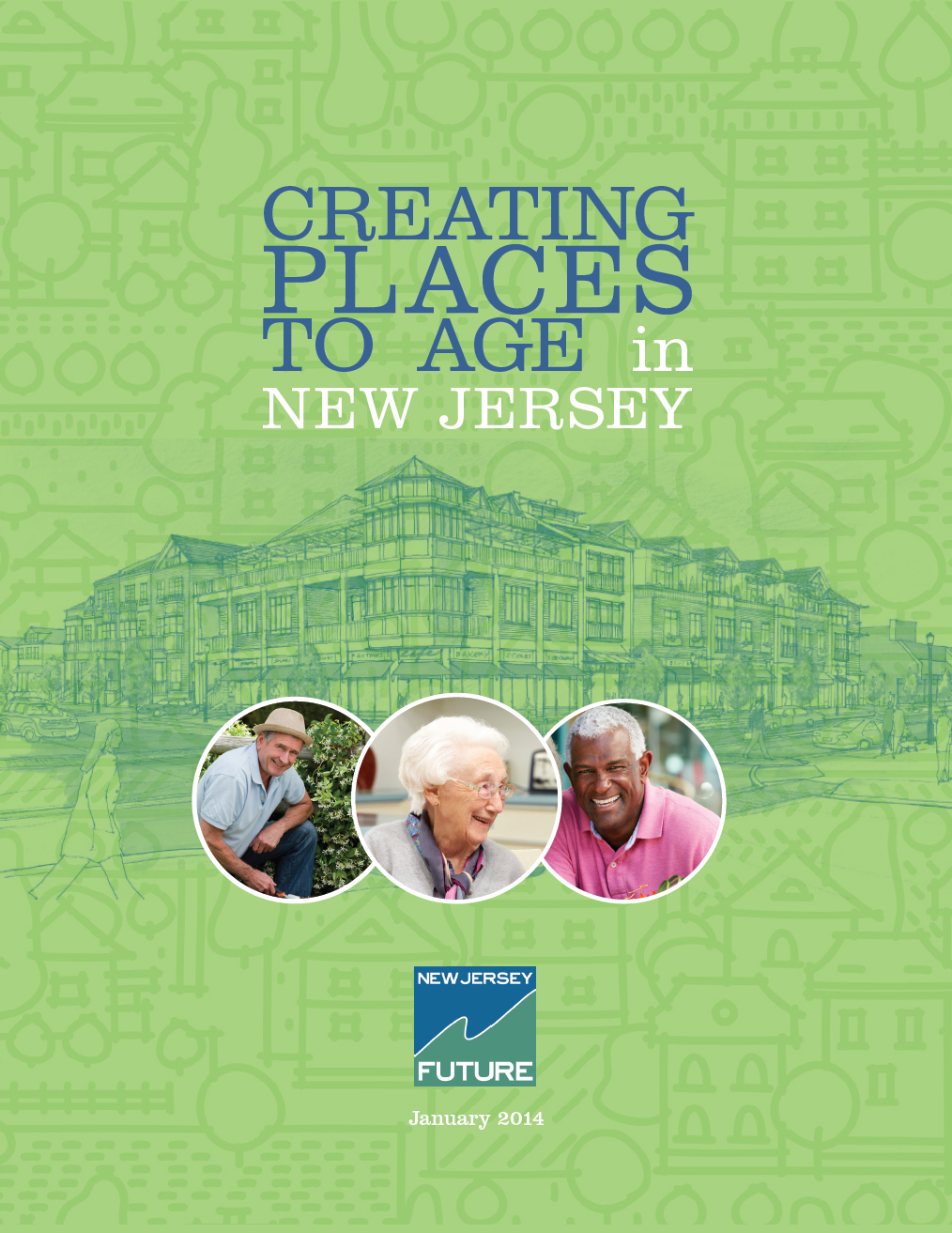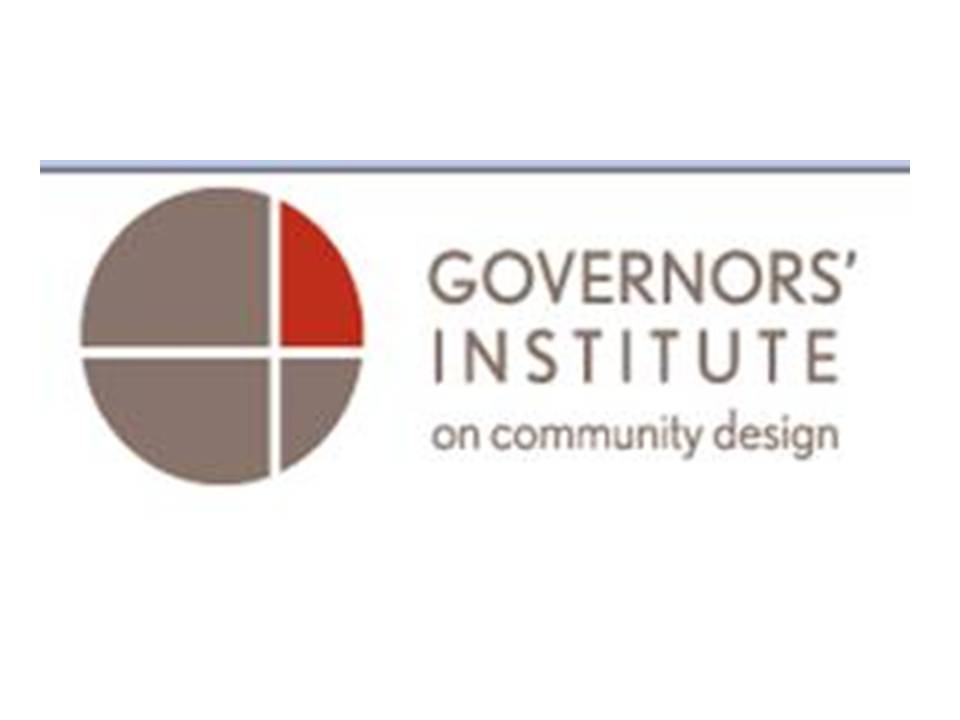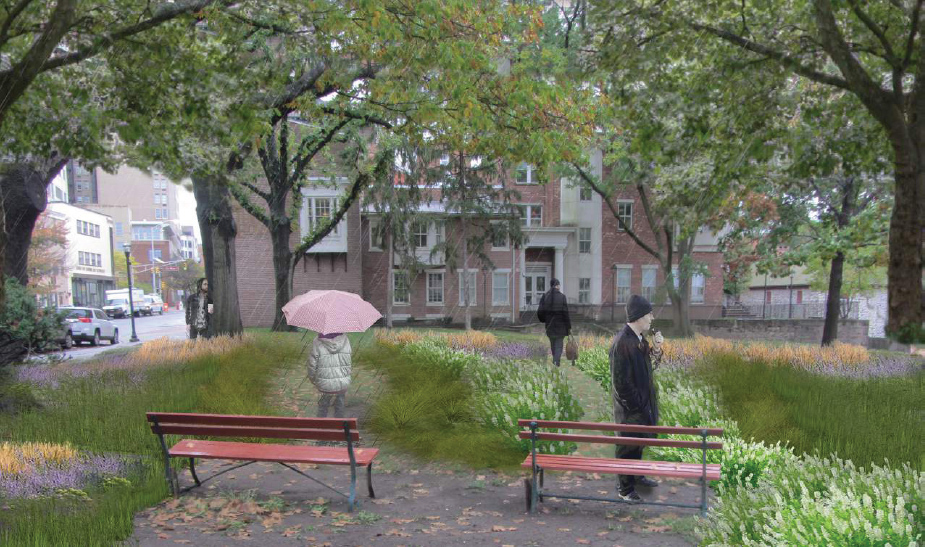New Jersey Future Blog
NJ Housing Even Less Affordable
May 17th, 2002 by Tim Evans
- Median home prices in much of New Jersey have soared over the past year, as much as 22 percent in the Atlantic City region, according to the National Association of Realtors.
- Though its median homes prices climbed a relatively low 10.1 percent, the Bergen-Passaic region is now the sixth most expensive housing market in the nation, right behind Honolulu.
- No wonder that one in five New Jersey homeowners (20.1 percent) carry a “housing burden,” meaning they must spend more than a third of their income for housing.
- New Jersey’s burden rate is the fourth highest among the 50 states. Only homeowners in California (22.3 percent), Hawaii (21.5 percent), and Nevada (20.7 percent) are worse off. New York ranks 6th, at 18.6 percent. Connecticut is 16th at 15.1 percent, Pennsylvania is 23rd at 14.2 percent, and Delaware is 37th at 12 percent.
- New Jersey’s high property taxes aggravate its housing burden in two significant ways. Property taxes are a major component of housing cost, and the chase for property taxes spurs large-lot, large-house development in newer communities and less housing choice.
(Sources: National Association of Realtors, U.S. Census)
STATE COURT AND LEGISLATURE SET TO TACKLE HOUSING BURDEN
Finding housing that’s priced within your means is tough for all New Jerseyans. For low- and moderate-income workers in New Jersey, it can be impossible.
Last month, the New Jersey Supreme Court heard arguments in the last of three cases which could determine a new course for affordable housing in New Jersey. The decisions could be announced as early as this month. Also, as early as June, the State Legislature could vote on a bipartisan call for a constitutional convention to reform New Jersey’s property tax system. Both actions offer hope for easing the housing costs of all New Jersey residents.
Arguments before the State Supreme Court often included contentious debate about whether these communities had actually met their affordable housing obligations. What was clear to all was that the current system which produces these numeric obligations, which change over time, is too complex and cumbersome to provide either a satisfactory answer, or the affordable housing New Jerseyans need.
A more effective approach to affordable housing used in other states is “growth share.” Growth share requires that growing communities build affordable housing, too, as a fixed percentage of their growth. In Montgomery County, Maryland, typically 15 percent of new development is affordable housing. A strong case can be made that 20 percent of new development in New Jersey should be affordable to low- and moderate-income workers.
Had New Jersey adopted a conservative, Maryland-style “growth share” approach in 1985, its growing communities today would offer at least 71,122 homes affordable to moderate- and low-income families – nearly three times the results of the current system.
Whether the court orders the system changed to include growth share, as argued by New Jersey Future and other groups, or whether the state adopts it on its own, growth share can provide one direct route to providing the affordable housing New Jersey needs, without spurring sprawling development. Reform of our property tax system is also essential for halting sprawl, and making housing more affordable for all New Jerseyans.
















